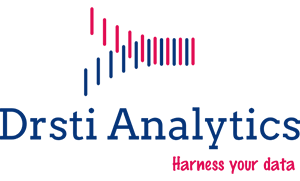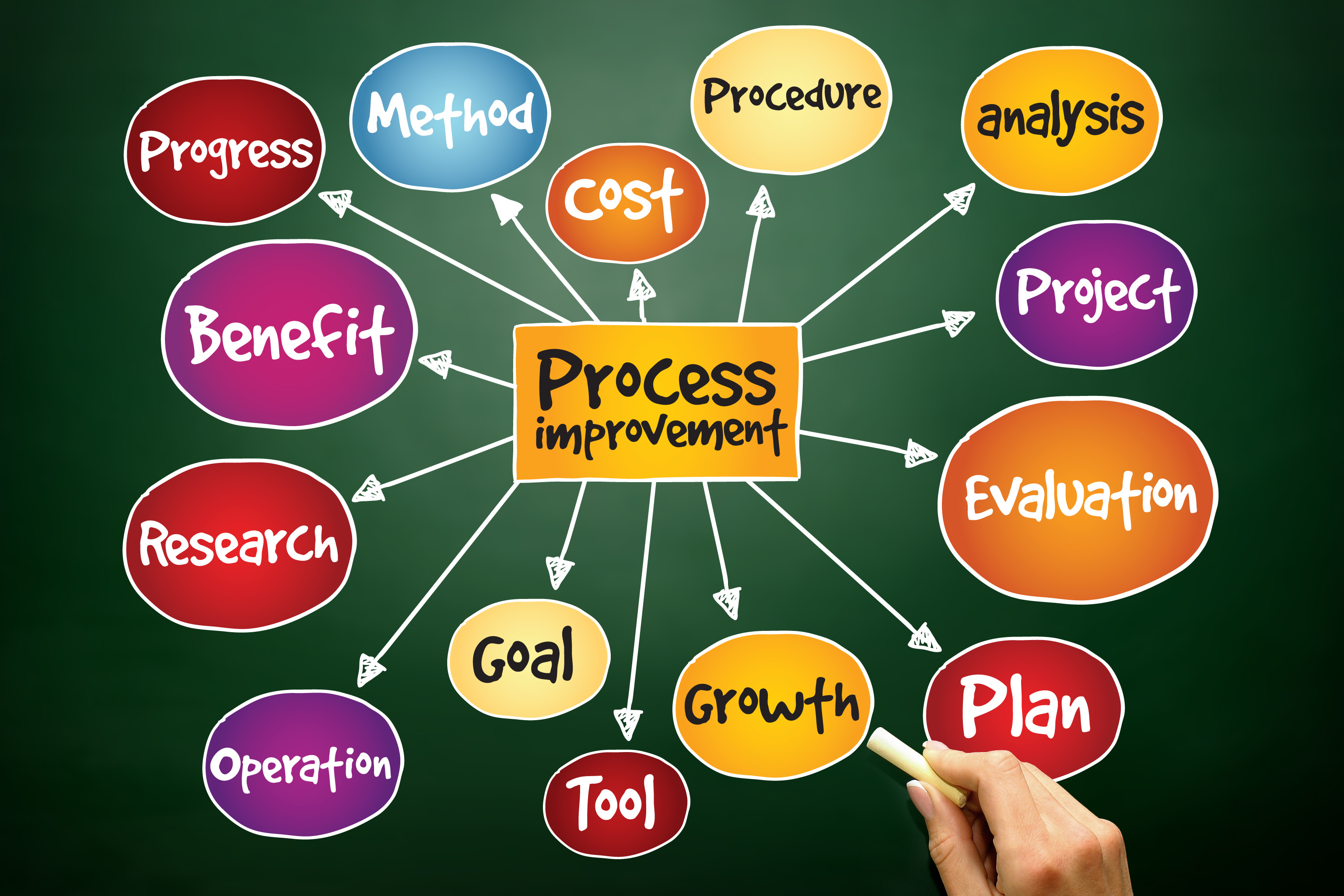Program & Project Management
The role of program and project management has come to the forefront as organizations become global in footprint. With customer across the globe, it becomes very important for organizations to get a good grip on increasing complexity. Our expertise in this area will help organizations identify portfolio of projects to be brought under program management and effectively prioritize objectives and shared resources. We will enable behavioral change much required to transition into organization that can roll out its products and services ahead of time in a cost effective manner.
Our work in this area includes
- Setting up PMO
- Setting up appropriate governance models and structures
- Evaluate projects for synergies and cost/benefit to decide on what project to adopt and which one to shelf
- Identification of tools, technology and processes that allow for economies of scale across all the projects
- Adopt best practices across projects and portfolios
- Establishing metrics for managing portfolio performances
- Stakeholder management
- Project review and audits
Business process re-engineering
We utilize our unique approach for Project/Product development and enterprise service offerings to deliver the complete set of values to our clients. The strategy must include:
- Functional understanding of the system
- Technological complexity of the new systems that need to be built
- Time to market by bringing products faster to the market
- Reduced cost of ownership and support
- Access to trained and expert resources,
- Rapid design of a prototype leveraging emerging technology to endorse the new solution.
Our team will assist you in identifying short and long term goals. We will help you pinpoint business catalysts that impact sustainability and profitability. Whether it is evaluation of processes and how they fit into the CMM model from level 1 to level 5 or making buy or build decisions, we will provide you with the know-how and expertise to make the right business decisions. Streamlined business processes enhance efficiency and directly contribute to the top and bottom line results. Our thinking reflects in the way we build systems to solve the most complex business use cases- enhancing employee productivity, improving supply chain management by reducing inefficiencies, integrating RFID into supply chain, integrating multichannel communication methods to segment and target customer populations, effective communications with these customers using sophisticated marketing tools that can measure ROI, financial planning, budgeting, creating dashboards and metrics that measure the value of the organization at any point in time and many others.
| Activities | Outcomes |
|---|---|
| Evaluation of short and long term goals | Identifying business catalysts that impact sustainability and profitability |
| Evaluation of processes- the repeatability and maturity of it | Streamlined business process that enhances efficacy and directly contributes to top and bottom line result. |
| Buy or Build product decisions and cost/benefit analysis | Outsourcing/Offshoring/Insourcing |
| Selection of right tool | Provide an unbiased view of the product functionality and cost over its lifecycle |
| Selection of right technology | Provide an unbiased view of technology stack,ease of adoption, availability of resources with those skills and long term costs |
| Solve business problems | Use technology and tool to create solutions that provide tangible outcomes: increase in market share, more customers, better profits, reduced costs, better customer service, lower inventory levels, lower distribution costs etc. |
Architecture & Design
With the onset of social media and mobility solutions, companies are pressured more and more to establish a strategic framework for their enterprise that integrates different channels of customer acquisition and retention. In order to be ahead of the curve and establish loyalty and close communications with their customers, it is imperative that companies establish a standardized framework which breaks down islands of silo systems and development delays.
Our work in this area involves design decisions around
- What model to adopt- client/ server, web based, software as a service, peer to peer systems
- What kind of communication to adopt- service oriented or message bus
- What kind of foundation to apply- component based, object based or layered architecture
- What layers to include and define the application type- Data layer, Presentation layer, Business layer, Services layer.
- Relevant technologies that will work with various form factors- Mobile, Thin client, Rich client, Thick client
- How to manage security and usability- setting up single sign on and managing role based used permissions.
Our expertise in any of following established frameworks will enable your organization to view your customer 360 degrees in real time.
- The Zachman Framework , The Open Group Architectural Framework (TOGAF), The
Federal Enterprise Architecture, The Gartner Methodology
Construction
Our development methodology covers the entire software development lifecycle.
- It embeds guidance on many modern techniques and approaches: object technology and component-based development, modeling and UML, architecture, iterative development and so on.
- It supports six best practices for software development
- Develop software iteratively
- Manage requirements
- Use component-based architectures
- Visually model software
- Continuously verify software quality
- Control changes to software
Some of the nuances of the development methodology are –
-
Components:
Our development and design methodology focuses on component based application development. One of the salient features of our design and analysis phase is to identify subsystems and components within these subsystems and the reuse them if possible. Identifying components at an early stage helps us to use the same components for different modules of the application.
-
Iterative Process:
Our software development methodology is based on Rational Unified Process (AGILE /RUP). One of the important features of the AGILE /RUP based methodology is iterative development. In iterative development, the objectives for a software system are specified and then built and delivered as a series of partial, but increasingly complete implementations. These implementations, or iterations, are working deliverables produced en route to the completion of the project. Using iterative development, the software is integrated early and often, at each iteration instead of at the end of the project. Each iteration allows us to get meaningful feedback from users and customers, who can witness the execution of a given iteration. Moreover, frequent integration dramatically reduces risk by exposing it early in the project lifecycle.
-
Automated tools:
Our development philosophy is to develop and use tools to automate the repetitive and predictable tasks. Automated tools can reduce the development effort and help the team to reduce the development

The detail level application design, coding and testing will be done in this phase. The Use Cases identified in the earlier sections will be mapped onto appropriate classes. Class diagrams and the deployment diagram, final user acceptance testing will also be done in this phase.
Application and system testing
Our software and systems testing expertise will ensure that you can get more done in less time. Our testing portfolio of services cover a gamut of services: Product testing, Functional and usability test, Load and Performance testing, security and compatibility test. We will run the programs through a plethora of manual and automated testing run’s so that your product is error free and ready for market launch. We will create a test strategy that will provide the framework for an error free product. We will help you with tool selection and configuration, test case development, script development and execution. Our test engineers have extensive experience in leading test tools from HP®, IBM®, Borland® and Compuware®
Our iterative test process beginning from the test plan preparation through designing the test specifications to test plan execution will allow easy monitoring of the project. Our testing process, both manual and automated, replicates actual user scenarios as closely as possible.
This process involves the following phases:
- Test Requirements Planning
- Test Organizing
- Test Execution and Transition
Test requirements planning
During this phase a detailed study of the requirements will be done and project time lines will be baselined. Test plan and test schedules are created with detailed work breakdown structure and identification of dependencies, risks and mitigations. Accordingly, resources and manpower requirements are estimated.
Test Organizing
During this phase the testing strategy is re-verified based on the customer inputs and the scope of testing. Test cases will be designed and classified with different priority levels based on the test plan. Different test environments for testing are identified and accordingly resources and manpower requirements will be done.
Test Execution & Transition
All the test cases are executed against the build delivered with pass/fail criteria. The bugs trapped during this phase are listed and prioritized according to their criticality to the application.
During this phase the following testing approaches that will be employed for the testing.
Black Box/Functional Testing
Black box/functional testing will be implemented to test the system that includes the following types of testing:
- User Interface Testing
- Validations Testing
- Requirements Testing
Regression Testing
Regression tests will be performed to ensure that:
- There is no impact on previously released software as a result of fixing of bugs
- To ensure that there is an increase in the functionality and stability of the software.
Performance Testing
The success of a web application lies purely in its performance. Performance bottlenecks have a severe impact on system performance and can result in revenue and productivity losses. The goal of performance testing is to check if the performance requirements are met. It includes verifying the performance characteristics of the system under test such as those given below:
- Scalability of the system under test
- CPU, memory utilization of the server
- Hits per second recorded by the server
- Response time of the system under test
- System breaking points
- Transaction time under appropriate software and hardware configurations.
The performances characteristics will be tested during the following types of tests:
Load Testing
This type of test involves testing an application for a requested number of users. The objective is to determine whether the application can sustain this requested number of users with acceptable response times.
Stress Testing
The objective is to validate an application stability and reliability by performing load testing over an extended period of time.
Apart from the above key testing approaches we are also equipped to carry out the following activities:
- Installation testing
- Compatibility/Configuration testing
- Web-based defect tracking and management.
Maintenance life cycle
The life cycle of each maintenance request has the following phases:
- Evaluation and Authorization
- Analysis
- Design
- Coding and Unit Testing
- Regression Testing (if required)
- System/integration Testing
- Release
Workflow – Production Support

Production support
includes all support activities, on a day to day basis, so as to ensure
- Scheduling of jobs
- Execution of jobs
- Timely delivery of reports and/or processed data at designated systems
- Resolving problems and minimizing impact in respect of any of the above







